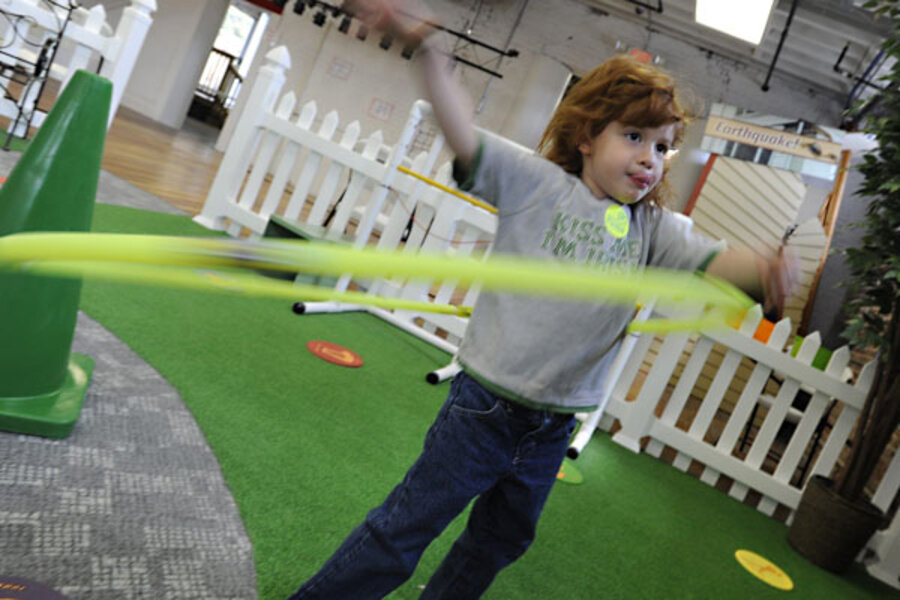Hula hooping wasn’t invented in the 1950s. It’s actually been around as a form ofexercise at least since 500 BC, when the hoop was made of some type of thin, flexible wood (willow, grapevine, or thick dried grasses). Both ancient Egyptians and Greeks hula hooped, in various forms. Hoop dancing as a form of storytelling among certain Native American populations dates back to as least the 1400s.
But the brightly colored plastic things we know and love today were manufactured by the Wham-O toy company in 1958. In 1958, 25 million hoops were sold in
the space of four months; over 100 million were sold in two years. A massive marketing campaign, along with celebrity endorsements from the likes of TV host
Art Linkletter, who was an early investor, marked it as one of the first instances of modern consumerism as we know it today. "There is no other product that gives me as much fear and respect for the power of mass culture as the Hula Hoop,” Dan Rodrick, the sports marketing director of Wham-O, said in a 1988 interview with the New York Times.
The Hula Hoop fad also coincided with, and helped perpetuate, the early rise of plastic. The Wham–O hoops were made from Marlex, a type of high-density plastic invented by research chemists in the early 1950s. Marlex is still used in several plastic consumer products.





